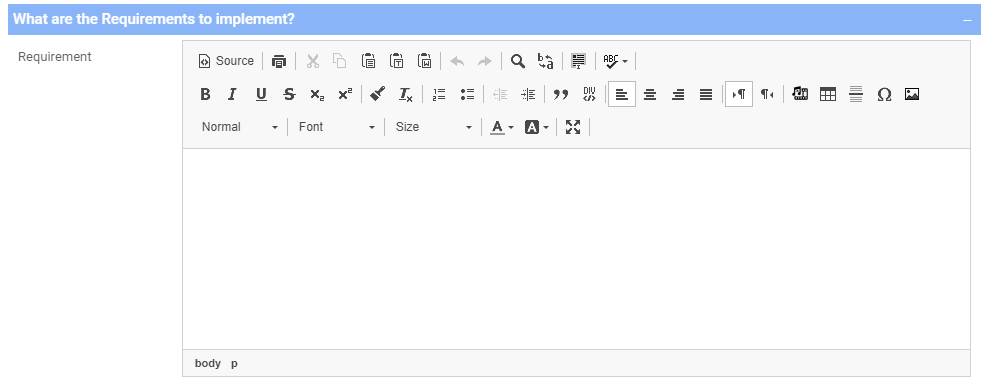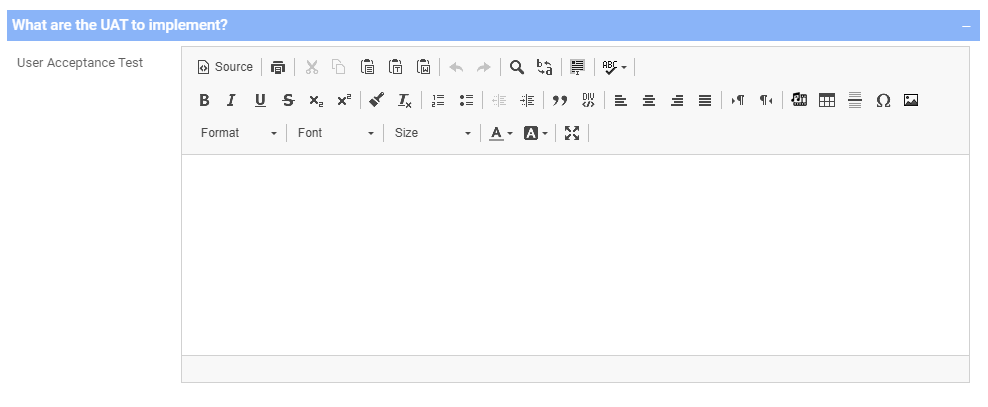The Properties tab for Processses contains sections for the BPMN Properties, the type, the categories applicable and the attributes.
The Properties tab for Flow Objects contains sections for the categories applicable and the attributes.

What are the BPMN Properties?

1. Markers
Process shapes can have various markers to denote special characteristics. Markers are part of OMGs BPMN 2.0 Standard. Find the name, icon, and a brief description of each marker below.
| Marker | Icon | Description |
|---|---|---|
| Ad Hoc |  |
A process that can occur at any moment. Is not a predecessor or successor in a sequence of processes or activities. |
| Compensation |  |
A process that serves to compensate for a compensation-type event. |
| Loop Characteristic: Loop |  |
A process that repeats until a specific trigger stops it. |
| Loop Characteristic: Parallel |  |
The same process runs in parallel, executed by different performers. |
| Loop Characteristic: Sequential |  |
The process is executed in a sequential order. |
2. Default Map Shape Type
As a Web Modeler, you can define the default shape type of the process shape in the process map. See the table below for the option name and description.
| Shape Type | Description |
|---|---|
| BPMN 2.0 (default) | Standard BPMN Flow Objects with Icons |
| Simple BPMN | Standard BPMN Flow Objects without Icons |
| VSM | Standard Value Stream Mapping Shapes |
| Custom | Custom Flowchart Shapes |
3. Process Display Preference
Process Display Preferences allow a modeler to set a “preferred view” for a specific process. When the map option “Process Preference” is selected by any user, the EPC will refer to this field to display this process map accordingly. The possible choices are:
- Graph
- Swimlanes
- Matrix Swimlanes
4. Annotation
Annotations serve as textual support on the process map. Each Process and Flow Object can have one annotation, which will display the text input in this field on the map attached to the relevant shape as show below.
Properties
Since all Properties sections are common to many EPC objects, the instructions have been centralized in the Properties section of the user manual. You can find direct links to instructions for specific sections below.
| Section | Instructions |
|---|---|
| What type of [Object] is this? | Object Type |
| Which Categories are applicable? | Object Categories |
| How strict is this [Object]? | Data Harmonization |
| What are the Attributes? | Object Attributes |
Object Requirements
The Object Requirements serves as a list of functions and rules the object is required to adhere by to ensure the Business Requirement is met.
To use the Object Requirement feature, please see the following steps:
1. Navigate to the Properties’ tab of the “Details” page of a process
2. Click on What are the Requirements to implement ?
*3. Type the desired Requirements in the rich text box.

4. Click on the Save button
Object User Acceptance Test
The Object User Acceptance Test serves as a check list of tests that are required to be passed to ensure the Business Requirement functions properly.
1. Navigate to the Properties’ tab of the “Details” page of a process
2. Click on What are the UAT to implement?
3. Type the desired tests in the rich text box

4. Click on the Save button
Need more help with this?
Visit the Support Portal






